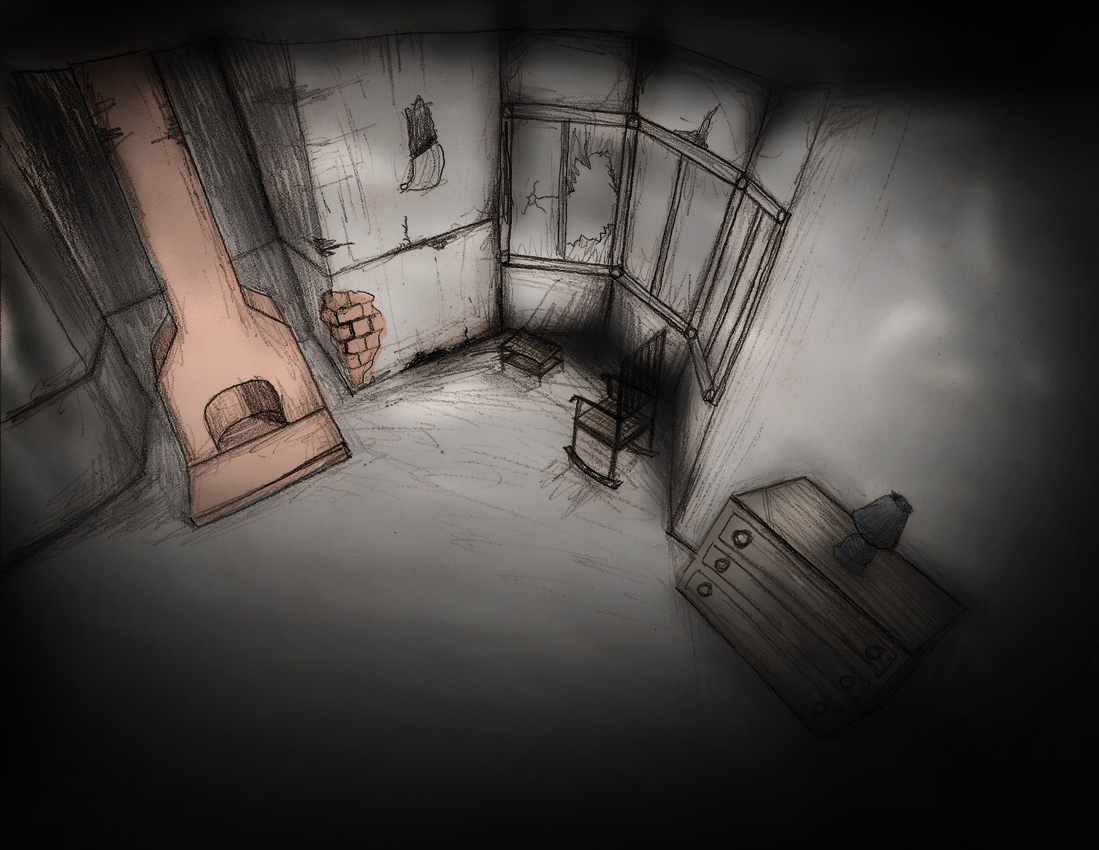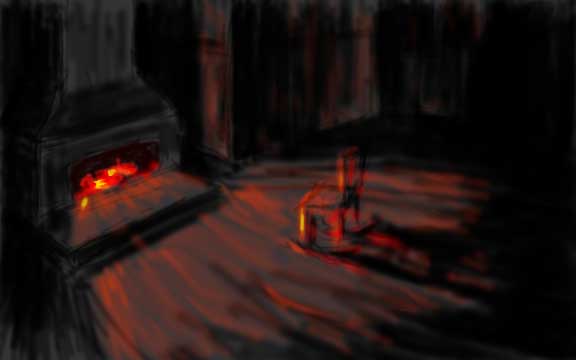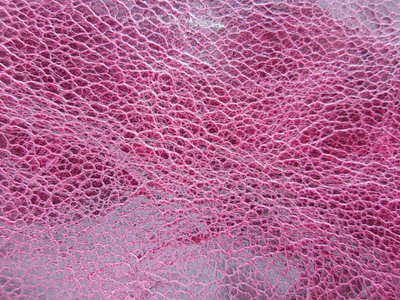Project 2a:
Room Pre-production
The overall goal of this two part project is to produce a single still image of a room with a look that supports a specific mood. You will be choosing from one of two blank slates: an empty room with a fireplace and one without a fireplace. Additionally, there is a separate file containing various furniture and prop objects that you will import into the room you select. It will eventually be your job to set the camera, select and arrange the props, then shade and light everything. Here are some examples of final renders from the previous year:
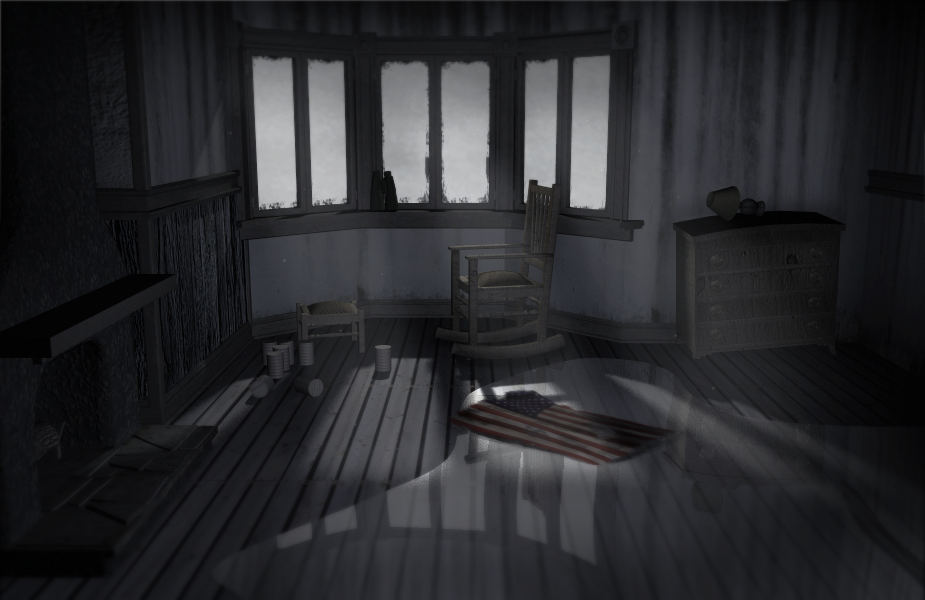
|
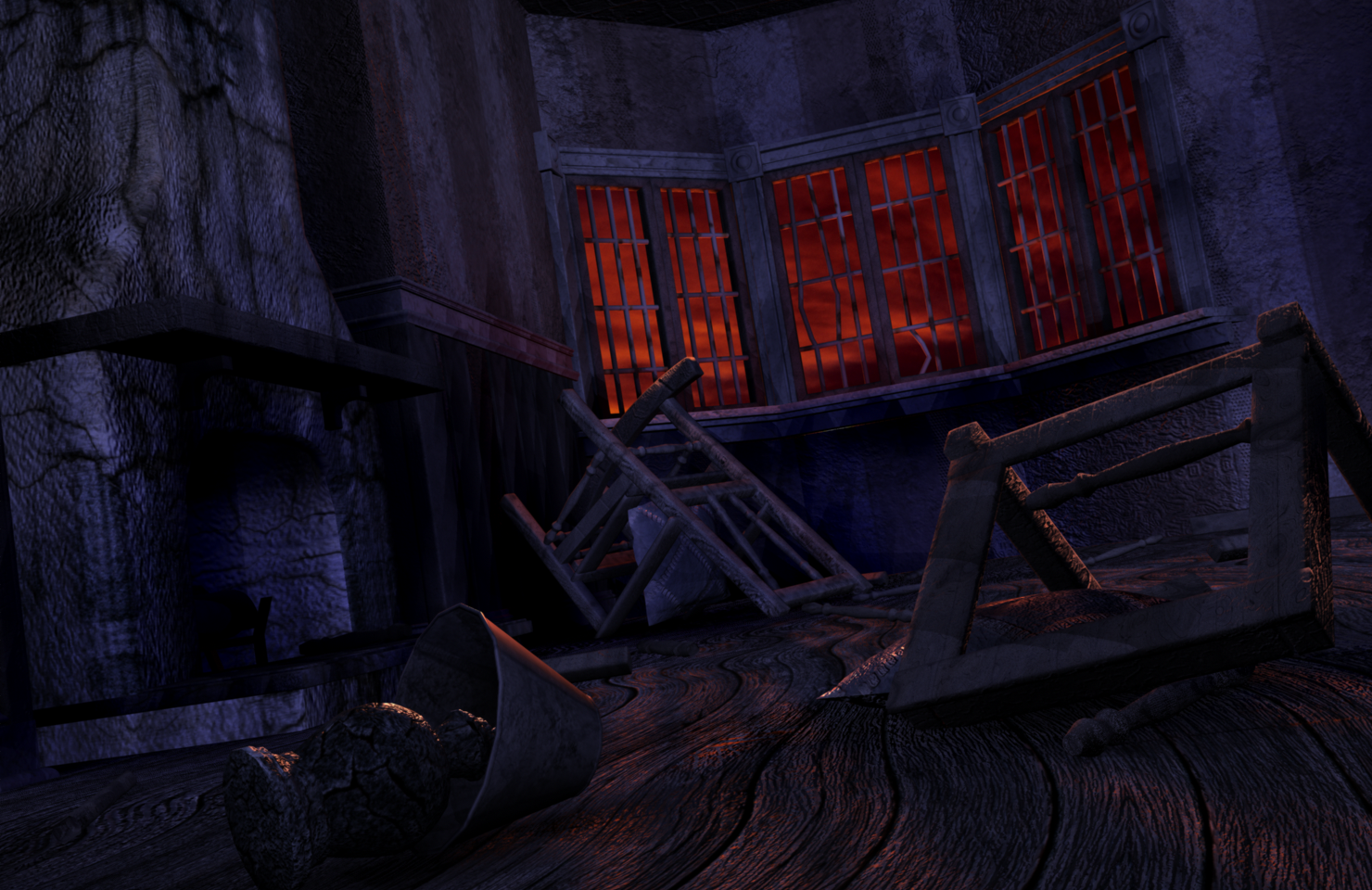
|
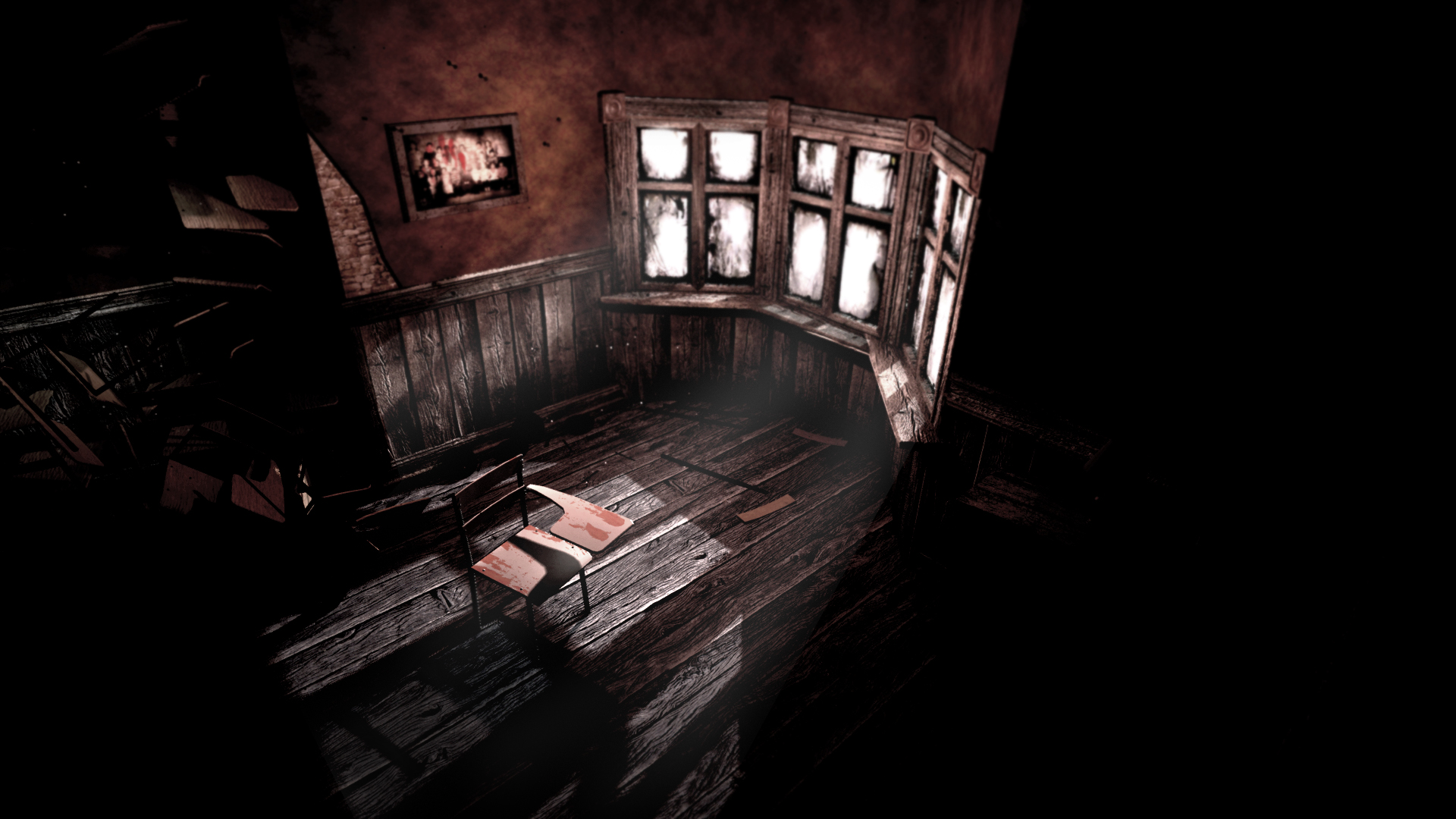
|

|
The first part of this project will consist mostly of research and preparation: determining what mood you want to express, collecting reference for lighting and shading, then creating a piece of concept art to use as reference for your final image. You will also be setting up the render camera and implementing scene layout. Next week is when you will focus on implementing both shading and lighting.
-
Choose a mood that you want to represent. The mood should be based directly on a personal experience from your past. Think about your emotional state during the experience and the feelings brought forth when the memory is recalled. Select a single word that clearly describes your mood. Below are some examples.
- Sad
- Melancholy
- Angry/Hot
- Happy
- Removed/Cold
- Afraid/Fear
- Paranoid
- Obsessive
- Delusional
- Drugged
- Controlled or Controlling
- Depraved
Describe a story based on your memory. You are not required to describe your personal experience in exact detail, but the story must clearly visualize the mood you have chosen. Use the room as a location to tell your story. Review these questions to help you do the best possible job:
- What is happening or did happen in this room?
- Does someone or did someone live in this room?
- How did it get to be in its current state?
- Was it always this way or did something change?
- What do the objects in the room convey to the viewer about the inhabitants or the room's history?
List the single word that you have chosen as your mood and then write a paragraph that describes the story behind it. Send your mood and the paragraph to the staff mail alias, turn in a copy as a text file, and bring several printed copies to class on Thursday. - Gather at least five pieces of mood reference. This reference illustrates the mood word that you have selected and consist of photos, paintings, sculptures, or anything else that helps you to define your vision for this project. Cast a wide net at first. Find different options to illustrate your story and mood then narrow down your search as you begin to discover what works best. Pay special attention to shading and lighting as separate aesthetic and technical missions. However, always be thinking about how both relate to the big picture. How will the camera angle, scene layout, shading, and lighting all combine to support the mood you are trying to express? Be prepared to present this reference to the class on Thursday. Examples of reference for fear and sadness are below.
- Create concept art that communicates your idea. You may utilize any medium (drawing, painting, digital, etc) but there must be some sense of lighting through color present. If you are finding it difficult to draw, go ahead and do the next step of this project, take a screenshot, and paint over it in Photoshop.
Use your mood reference as a guide. Think about how to use the provided space and which subset of available props would best serve your purpose. New objects may be added if they are critical to your idea, but keep this at a minimum as each new item added will have to be fully modeled. Always ask yourself, "Is this critical to the story/mood I am trying to show?"
When planning your layout always aim for high drama when there is drama. Strongly consider exaggeration in camera angles, texture, colors, object placement, and any other design elements. The goal is to make your mood completely clear.
The first iteration of your concept art must be ready to present in class on Thursday. This can be a rough sketch, but should still contain a sense of the camera angle, layout, and color to indicate shading and lighting. The final iteration will be due the following Monday.
Below are a couple of room concept art examples.
- Set up the camera angle and room layout. Try to approximate the perspective and layout established by your concept art. Inevitably some things about the composition will not work as well in 3D as they did in 2D so make alterations where necessary. The aspect ratio of the camera should be 16:9 widescreen with a 1280x720 render resolution. This is also the time to model any additional props that your scene requires.
When you are finished do a quick render from the camera of your scene. Everything will be gray with default lighting, but that's fine at this stage.
- Gather at least five pieces of texture reference. Though there is a minimum requirement, it is recommended that you collect texture reference for every object in your scene.
It may seem like a daunting task, but this will give you a good foundation on which to start shading the entire room next week. Think about how your shading and lighting will eventually interact. Are the textures too busy/detailed? Too simple? How do they contribute to the mood you are trying to set? One method is to use more neutral color tones and alter the color later with light.
It may save time to gather reference which you can use directly to create your textures. It is perfectly acceptable to modify the texture reference as needed (however, be sure to save original copies of the images just in case). Below are some examples of reference that would be fairly easy to create textures from.
- Gather at least five pieces of lighting reference. When selecting reference, focus on the specific aspects of lighting that would work best to support your mood. Look at attributes like color, contrast, and intensity. Try to avoid colors that are completely monochromatic, as two tone schemes are generally more visually interesting. Look out for unique light/shadow dynamics. Consider any light effects like fog or god rays that would work well in your room.


